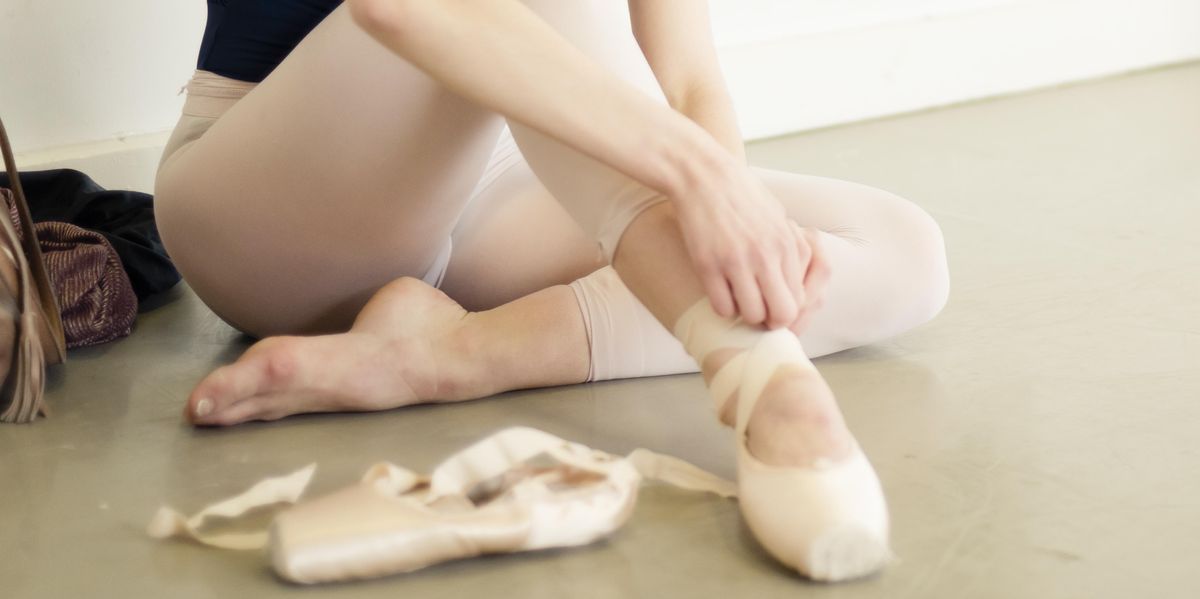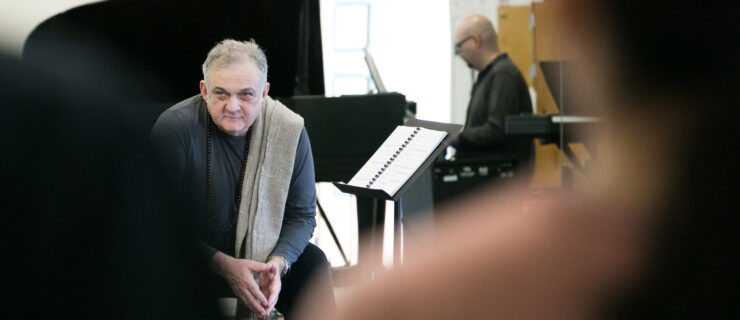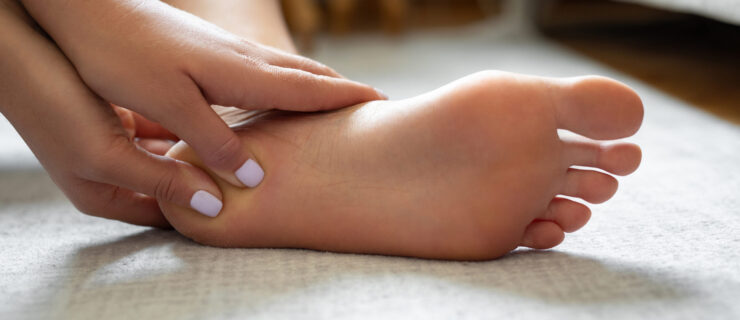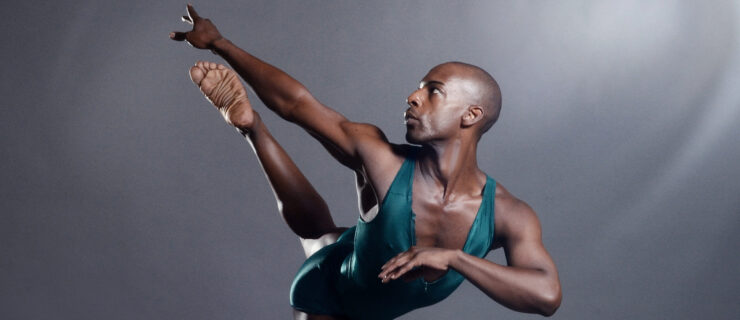The Myth of Flat Feet
Worried your feet aren’t good enough for a professional ballet career?
Good news: Most people, let alone dancers, have enough range of motion to go on pointe, says Mandy Blackmon, a physical therapist for Atlanta Ballet.
“It is almost always a strength problem,” she says. “Floppy or flat feet may be the result of weak intrinsic foot muscles.”
Strengthening these tiny muscles can help improve your line, as well as your balance, proprioception and the way you absorb the shock of jumps. Here are two of the best exercises to practice:
The Classic Towel Pull
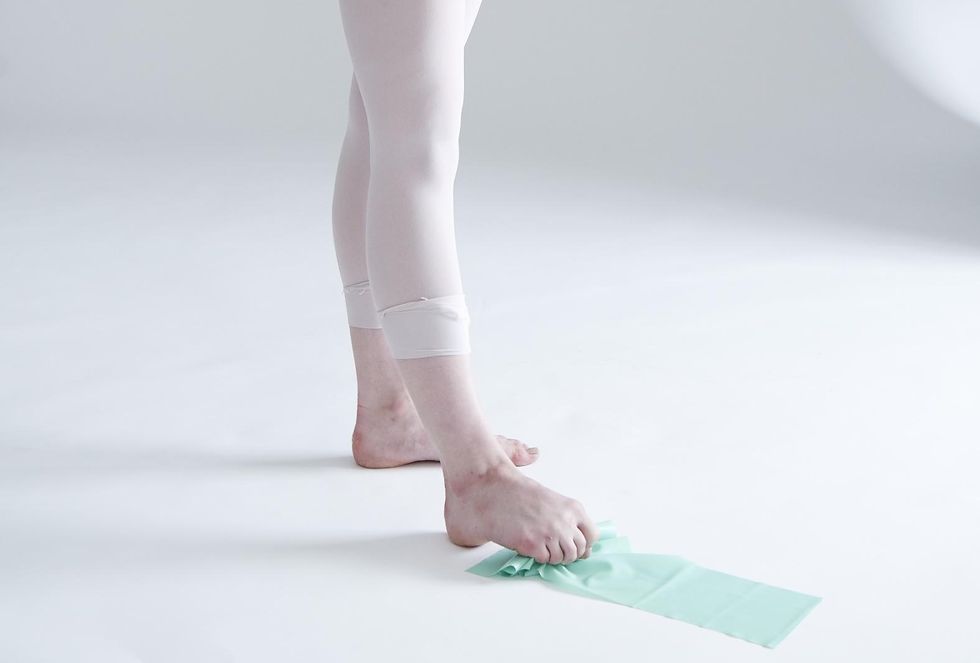
Nathan Sayers
Sit or stand with your feet in parallel, toes on the edge of an unfolded towel. Balancing on your heels, lift all 10 toes and spread them out on the towel. Use your toes to grab the towel and pull it in towards you while keeping your arches lifted. Repeat until all the material has been gathered. You can also try reversing the process—lifting the arches, curling the toes in, and then spreading the towel out as your toes extend.
Doming
Sitting or standing with the whole foot on the floor, press down into your smaller toe knuckles and pull your large toe knuckles in a little closer to your heel, causing your arch to lift. Try to keep your toes long and straight.
To make it harder, try doing it with your toes lifted off the ground.
“A better-looking foot is not just a range-of-motion issue,” adds Blackmon. “What most dancers are after when they want ‘better feet’ is more about strength and support of the bony structure.”
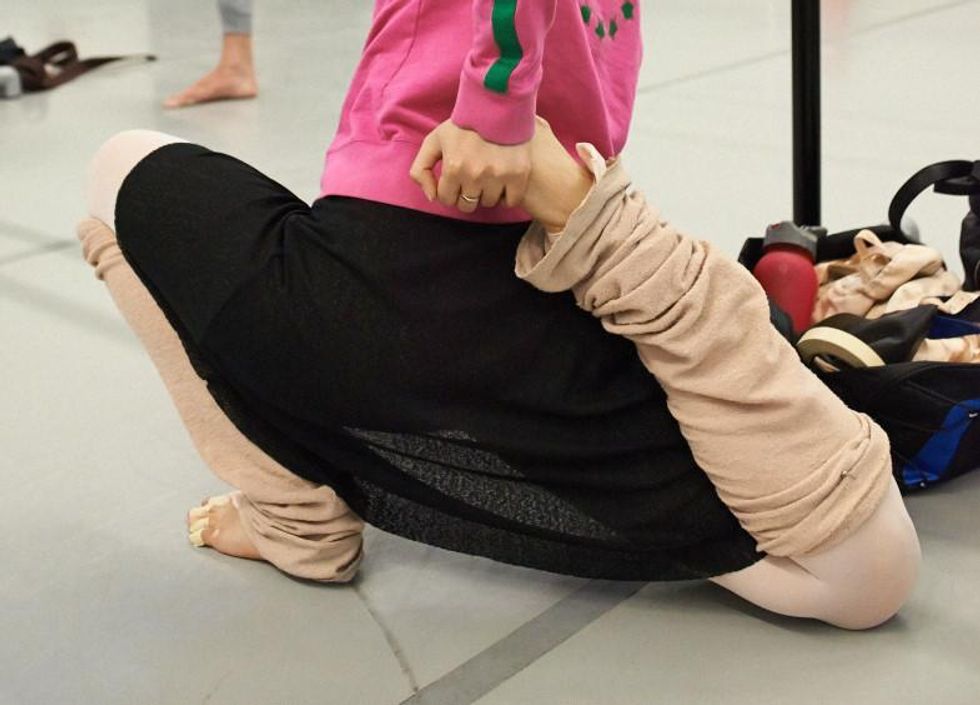
Jim Lafferty
To that end, Blackmon recommends that dancers stretch their calves as well as pushing their pointe. Having a good range of motion in dorsiflexion (flex) and plantar flexion (pointe) is key to keeping feet and ankles healthy, and tight calves can restrict movement in your ankle joint.
A block in either end of your range—whether flexing or pointing—can be an early sign of injury. Get treated before you develop compensations, says Blackmon. Soft-tissue work in the calves and mobilizations performed by a physical therapist can open up your range of motion and keep your limbs healthy.
